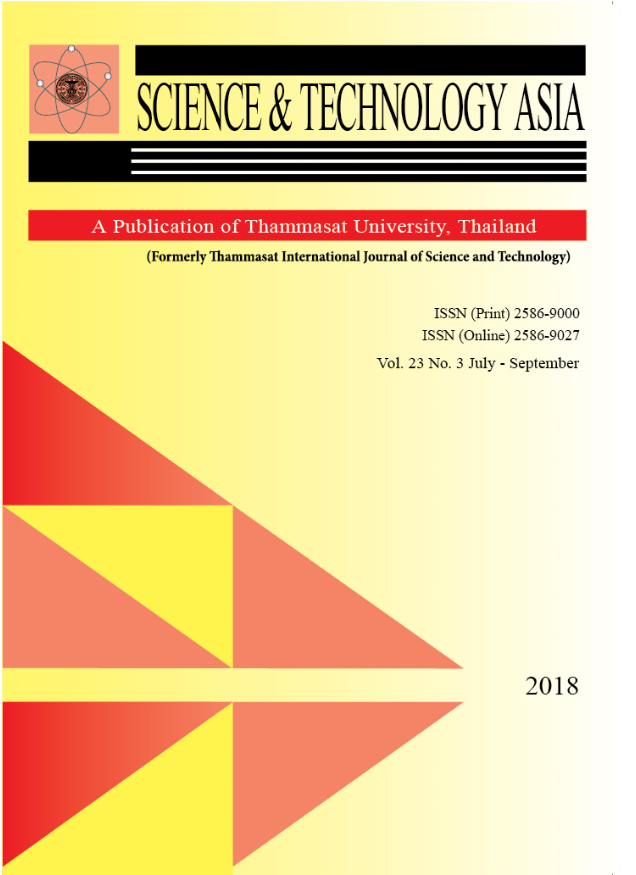Artificial Neural Network trained ‘Simultaneous Extent Analysis’ as a Logical Tool in Computation of Urban Heat Island Intensity
Main Article Content
Abstract
Researchers have evolved several empirical studies with numerous statistical operations for processing of vast Climatic data. However, certain short-comings exist in the methodologies as the efforts to quantify the high resolution observations is at most times inappropriate, inaccurate, tedious, complex and expensive. One of the most documented anthropogenic impressions on urban climate is the ‘Urban Heat Island Intensity’ (U.H.I.I.). To facilitate a simpler and yet scientific understanding of this urban phenomenon; the current study introduces an accurate approach in terms of estimation. The present effort highlights the development of a new technique ‘Simultaneous Extent Analysis’ (S.E.A.) as a precise representation of U.H.I.I., from the ‘population characteristics’ of a huge parallel variable climatic database. It orients about the forecasting more specifically with the inception of Neural Network, and training upon a three-year continuous knowledge database, using Levenberg - Marquardt Backward Propagation method, and the Inference engine as Backward Chaining. The climatic data was a part of meteorological studies collected at half-hourly intervals to analyze U.H.I.I. at Bangalore (India). The knowledge base upon training was tested and validated with the real-time data for forecasting. The coefficient of correlation of 0.93 between the predicted and actual values is extremely good, thereby depicting that the efficiency of the model is good".


